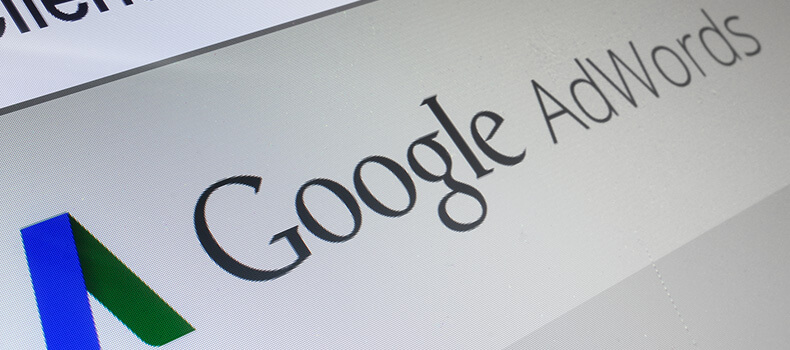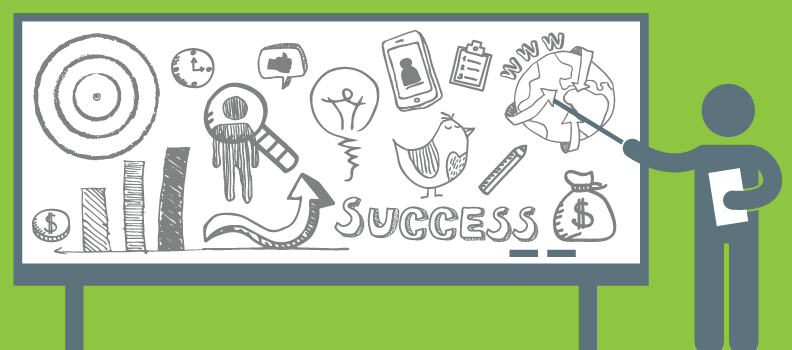Pete Williams is an award-winning entrepreneur, author, and marketer from Melbourne, Australia, whom Forbes has called “one entrepreneur today that every marketer should be modeling.” We recently caught up with Pete to hear his thoughts on how companies can engage in smarter marketing in order to boost sales and increase revenues.
Tell us a bit about your background. Why are you so passionate about marketing?
If you want to take over something, or if you want to be known for something, you win by better marketing. I was a panelist at a seminar years ago, where I spoke about a few different bits and pieces for startup entrepreneurs, and one of the things that was discussed was intellectual property. A couple of speakers were off doing their usual rants and raves about, “You need to get a trademark. You need to do this.” Realistically, for a lot of this stuff in business, it’s just about superior marketing and becoming a market leader. That in itself is enough protection that you need for a lot of things. And it’s the strategy and leverage of your marketing that generates profits.
OK, did you really sell The Melbourne Cricket Ground for less than $500 when you were just 21 years old? Tell us about that.
When I was 21, I was reading the book, The One Minute Millionaire by Mark Victor Hansen and Robert Allen. It tells the story of a guy from New Jersey who sold old pieces of the famous Brooklyn Bridge’s walkway timber in the ‘80s. He went about creating 5 x 11 certificates outlining the history of the bridge, attaching a small piece of the timber to each one, and selling them for up to $5,000 each for a 1-inch piece of timber. Word around the campfire is that he made like $2 million from it.
I loved this idea and started to think how I could rip it off and implement here in Australia. After racking my brain for about 10 minutes, I realized the Melbourne Cricket Ground was under reconstruction and that the seating of the grandstand that had been pulled down at the time was made out of timber. After a few phone calls and newly-found entrepreneurial confidence, I was able to track down the wrecking company that was doing the demolition who informed me they had a significant amount of timber from the seating and flooring as hoped. But to my amazement, they also had a considerable amount of the famous Melbourne Cricket Club (MCC) crested carpet which originally lay in the members’ dining room. The MCC was another iconic stand that has since been demolished. The waiting list to become a member there is like 50 years or something ridiculous like that. The dining room part of that members’ area actually spread across into that first grandstand that got pulled down.
So after rushing down the following morning to view the magnificent carpet just lying in the corner of the wreckers’ warehouse, I took all the remaining crested carpet along with a mass of timber. From there, I put together a team of framers and couriers to create a series of limited sports memorabilia with a photo of the MCG, a plaque outlining the historic grounds’ story, and a unique piece of the MCC crested carpet. Then I wrote a press release with the headline: “21-Year-Old Sells the MCG For Under $500.” I sent that out to a whole bunch of media around Australia and got radio coverage, newspaper coverage, and national TV coverage. That was just a huge wave of exposure that not only got traffic to the business but was also a great way to build the brand around the MCG project—and to a certain extent, my brand as well.
What are some marketing tactics or strategies that can help boost a company’s profits with the least amount of effort?
One of the things I’ve done effectively well recently is creating a “resuscitation marketing campaign” that’s designed to bring “dead” leads back to life. Every business has its sales funnel, prospects coming to its website, and its foot traffic coming into a store; but then there’s a certain amount of those people who don’t actually buy.
If they have prospects come in and they don’t convert in the initial sales funnel, those leads basically die and businesses just leave them, forget them, and ignore them and turn their focus back to getting new leads in again. That’s a problem for a lot of businesses. The focus is always on the new funnel and the new leads. They let them run through the pipe and don’t think about what happens at the other end of the pipe. They’re always too busy focusing on filling up the pipe.
What resuscitation marketing is all about is putting a process and a system in place that automatically resuscitates all these dead leads back into your sales funnel at a convenient way and at a convenient time. You set this up and run it through your customer relationship management (CRM) software, and you’re likely to integrate emails and tasks back into your system automatically from leads that salespeople ignored or just closed off as “dead” weeks or months ago. You don’t have to worry about trying to fill the funnel all the time because the bucket keeps filling up automatically now.
Since you speak of the necessity of creating a “marketing symphony,” could you tell us what types of elements tend to knock that “symphony” out of tune?
If you have ever tried to build a brand, you probably know that to do so with any level of success, you have to bring together many elements—sort of like an orchestra. The Marketing Symphony is a framework that’s all about doing your marketing and building your business in a sequential, logical order: 1) market research, 2) traffic, 3) conversion, and then 4) product.
When they’re starting out, a lot of people are very passionate and focused on the product. When they talk about their business, they want to tell you all about the product—why the product’s so good, why it’s so different, what’s going to make it stand out, and why everyone wants to buy it. But realistically, the most successful businesses do it the other way around: they market the product first. That means focusing on market research and asking questions like, “Is there a market of people out there who actually want to buy what you’re selling? Does there exist a group of people who have money, with the propensity to spend it, with a problem that needs solving that they’re willing to spend that money on the solution?”
From there, the focus is getting traffic. You may know people that need to file a tax return every year. But once you’ve established that there are enough people in your area that need a tax return, you should then figure out how you are going to get that phone to ring. Whether it be foot traffic in your business, web traffic, visitors, or phone calls, you’ve got to focus on that.
And then once you get the traffic, then you’ve got to build a conversion engine. It’s then about getting that traffic and converting it into sales. You have to be a salesperson. You don’t have to be a door-to-door, cold-calling salesperson, but you have to close and convert. You can put systems and conversion tactics in place. Once you get that down pat, then and only then is it about the product.
Finish this sentence: “These days, the most underutilized marketing approach, method, or tactic that I see is…”
…maximizing every type of marketing you’re doing.
Some people do things half-assed. They take the easy way out because it’s free and easy to do, so they don’t think through the process before they do the task. It’s something that I have termed in general conversations as “lazy marketing.” People think that they don’t have to think anymore because the internet is so vast and wide and cheap, and they can just be lazy and not worry about what happens with their actual marketing.
About 15 or so years ago, if you had a database of people you wanted to market and communicate to, it would most likely have to be through direct mail, which costs money. You’d have to spend 50 cents to two dollars or more to print a communication, a sales letter, or a marketing piece, put it in an envelope, and send it off. There was a lot of effort needed to get that communication in the hands of your target market. As a result, people were really focused on split-testing. You’d mail 20% of your list first versus another 20% to see which headline worked better and things like that. Then you’d work out your response rate. Then you’d mail the winning ad or the winning direct-marketing piece to the rest of your list. You’d do that because you didn’t want to waste any single dollar or any single moment of your time to reach that customer.
But today, you can email your list for free. Fundamentally, there’s no high-level direct cost associated with marketing to your list. The problem with that is people are getting lazy because they say: “I’ll just mail the list today, and I’ll mail the list tomorrow. It’s not really costing me anything, so I’ll just keep blasting until I get the actual revenue I need.” If you want to make $100,000 a year to replace your income, you’ll just bombard your list, your market, and your prospects until you get that revenue, not really worried about maximizing the ROI of each mailing and of your time. In reality, you want to maximize every communication with your list.
What does the future look like for entrepreneurs and businesses who want to capitalize on their “million dollar ideas?”
When I talk to people, I say to them: don’t try and be Mark Zuckerberg. He’s the one percent of the one percent. Don’t try and start a business that’s going to IPO at $3 billion. The chance of that happening is ridiculous. Start a business that’s going to give you $200,000 a year working four days a week from 10am until 3pm. That is a reasonable goal that you can achieve if you’re smart about it. But trying to shoot for the moon is just silly.
I’ve been working hard for 10 years. I’ve got a couple of companies now. I get to work three days a week. I get to stay home and enjoy my four-year-old. I’m working on a new book. But it takes time. There’s no such thing as an overnight success; you’ve got to work hard at it.
Need help managing new (and old) leads? Contact Salesgenie today to see how we can help.






